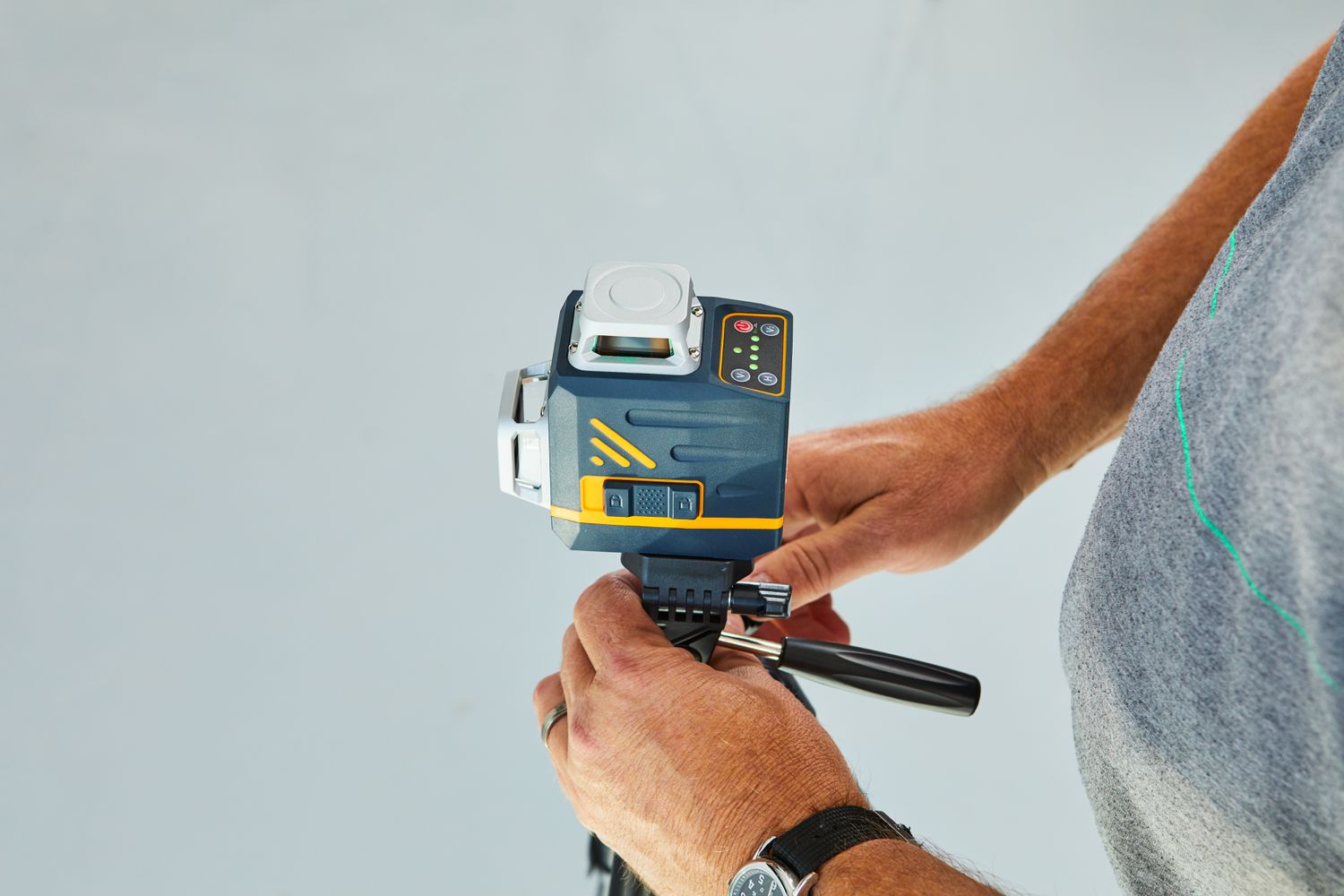Enhancing Beauty: Decorative Accessories for Lattice Panels
What are nonfunctional Accessories for Lattice Panels?
Decorative accessories for grille panels are add-ons that enhance the boilers suit visual aspect and visual matter to of the installation. These accessories are typically made from materials such as wood, metal, or PVC, and can be attached to the grille panels to provide an ornamental flair. From flowery post caps to complex trim pieces, these accessories volunteer endless possibilities for customization, allowing homeowners to shine their uncommon title and taste.
Post Caps:
One of the most common decorative accessories for wicket panels is post caps. These caps sit atop the posts that subscribe the lattice panels and answer as ornamental point points. Post caps come in versatile shapes, sizes, and materials, allowing homeowners to choose the perfect plan to complement their exterior space. For instance, an undefined post undefined with a whimsical plan put upward add a touch down of elegance to a garden or a wooden station cap with a sculpted model put up resurrect the rustic undefined of a porch.
Finials:
Finials are other popular nonfunctional supplement for wicket panels. These ornamental accents are typically settled at the top of the wicket panels and can undefined in various shapes, such as spheres, pyramids, or scrolls. Finials put up be made from different materials, including metallic element or resin, and add a touch pour down of mundanity and magnanimousness to the lattice installation. For example, a molded iron finial with intricate scrollwork set up lend a feel of elegance and produce a hitting visible contrast against the lattice panels.
Trim Pieces:
Trim pieces are decorative accessories that put up be used to put the lattice panels or sum up decorative borders. These pieces put up be successful from wood or PVC and undefined in varied shapes and designs. By adding trim pieces, homeowners put u creates a more polished and ruined search for their lattice installation. For instance, a wicket empanels with a woody frame and matching snip pieces put up sum up a touch of orthodox undefinable to a porch or garden fence.
Customization and Personalization:
Decorative accessories for lattice panels offer homeowners the chance to customize and personalize their grille installations. By selecting accessories that align with their style and preferences, homeowners can make an unusual and individualized look. For example, a homeowner with a coastal-inspired outside space may take seashell-shaped station caps or finials to reflect their beachy aesthetic. By incorporating cosmetic accessories, lattice panels become a reflection of the homeowner’s personality and design sensibilities.
Coordinating with Surrounding Elements:
To reflect the nonfunctional accessories for grille panels. It is necessary to consider the surrounding undefined and ensure a united look. By coordinative the plan and materials of the decorative accessories with strange exterior features. Such as outside furniture, planters, or ticket liberal arts details, a proportionate visual composition put on up be achieved. For instance, if the exterior quad features wrought iron accents. Incorporating wrought press send caps or finials would produce a united and visually pleasing look.
Conclusion:
In conclusion, cosmetic accessories for wicket gate panels volunteer homeowners the chance to heighten the visible raise. And personalize their lattice installations. From station caps and finials to trim pieces. These add-ons serve as cosmetic point points that shine the individual title and smack of the homeowner. By with kid gloves selecting and coordinating the design and materials of the accessories. Wicket panels tin turns a personalized and aesthetically pleasing undefined in whatever outdoor space.








